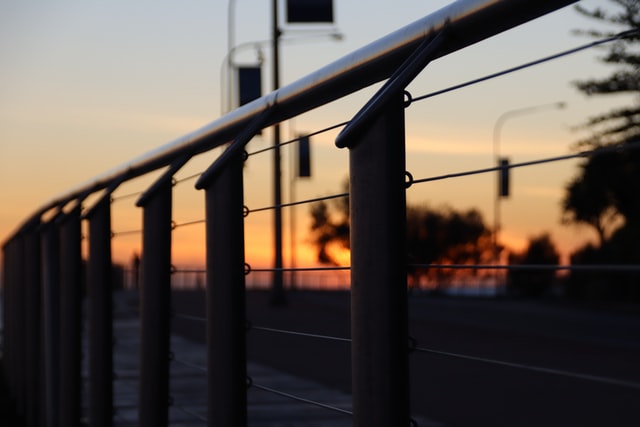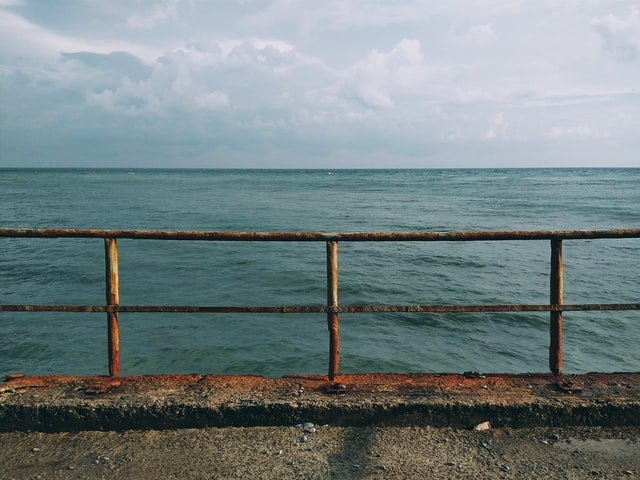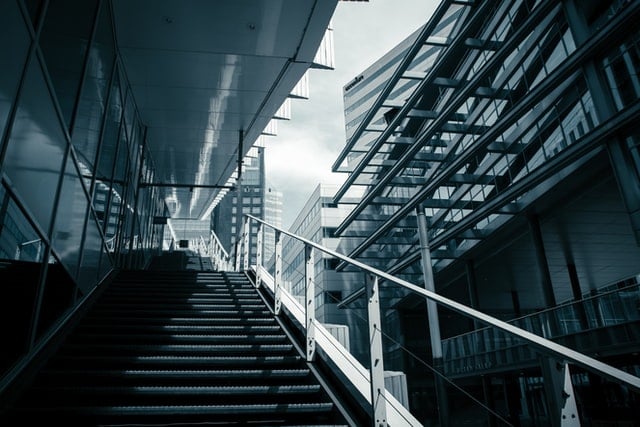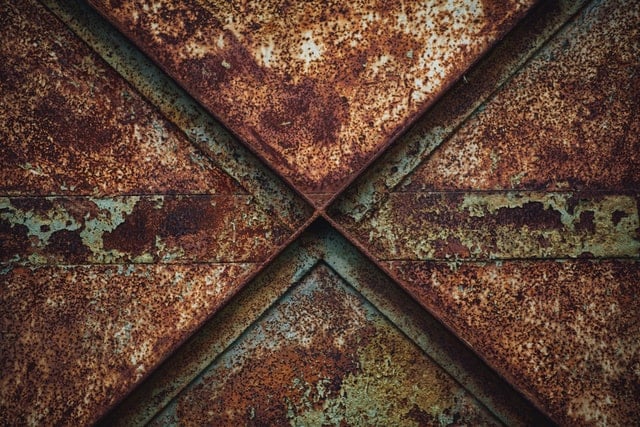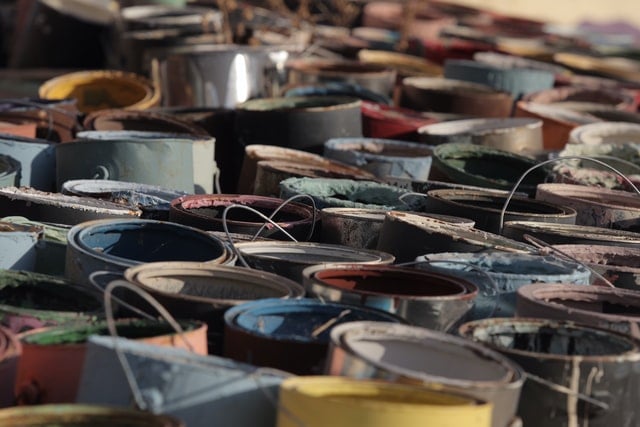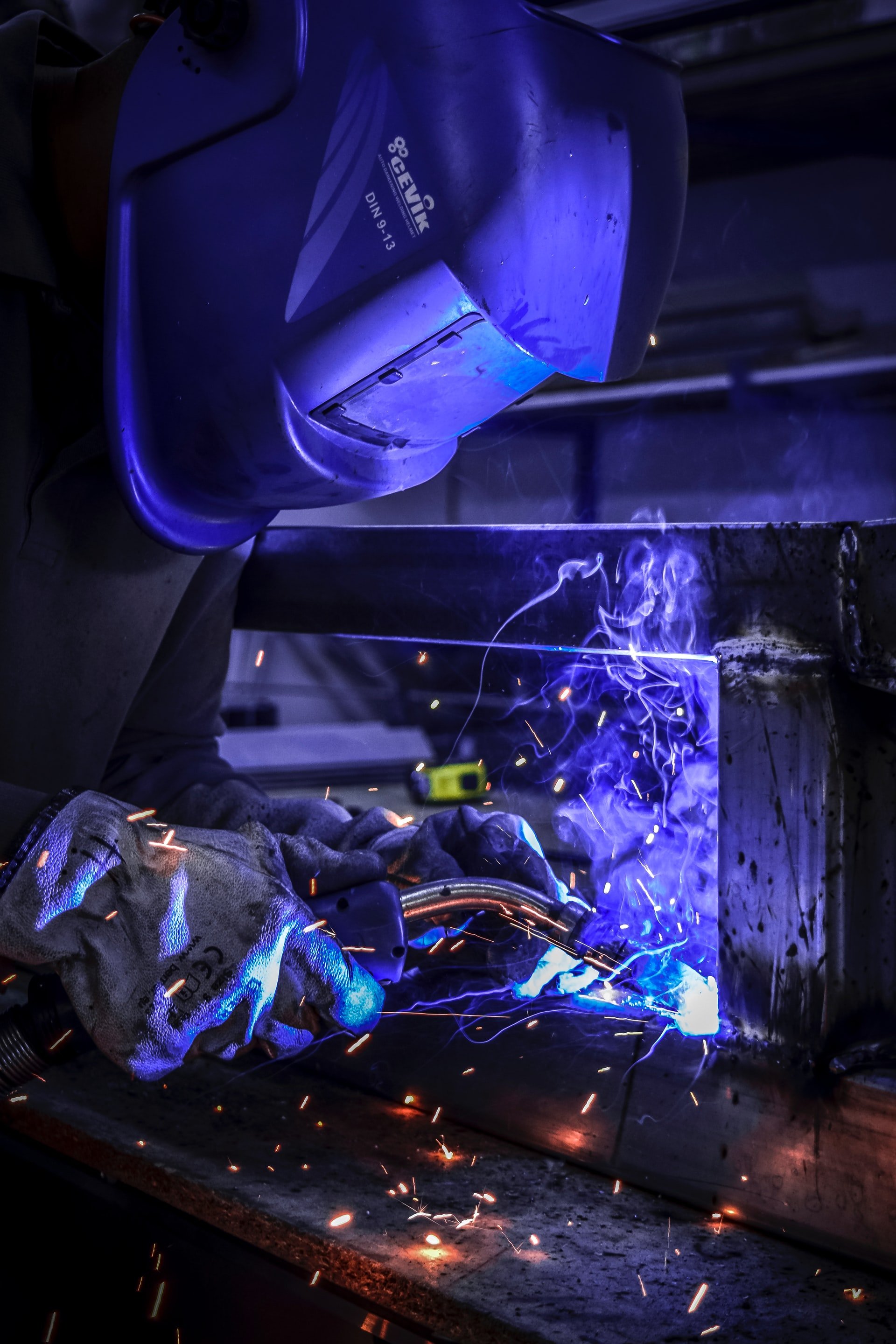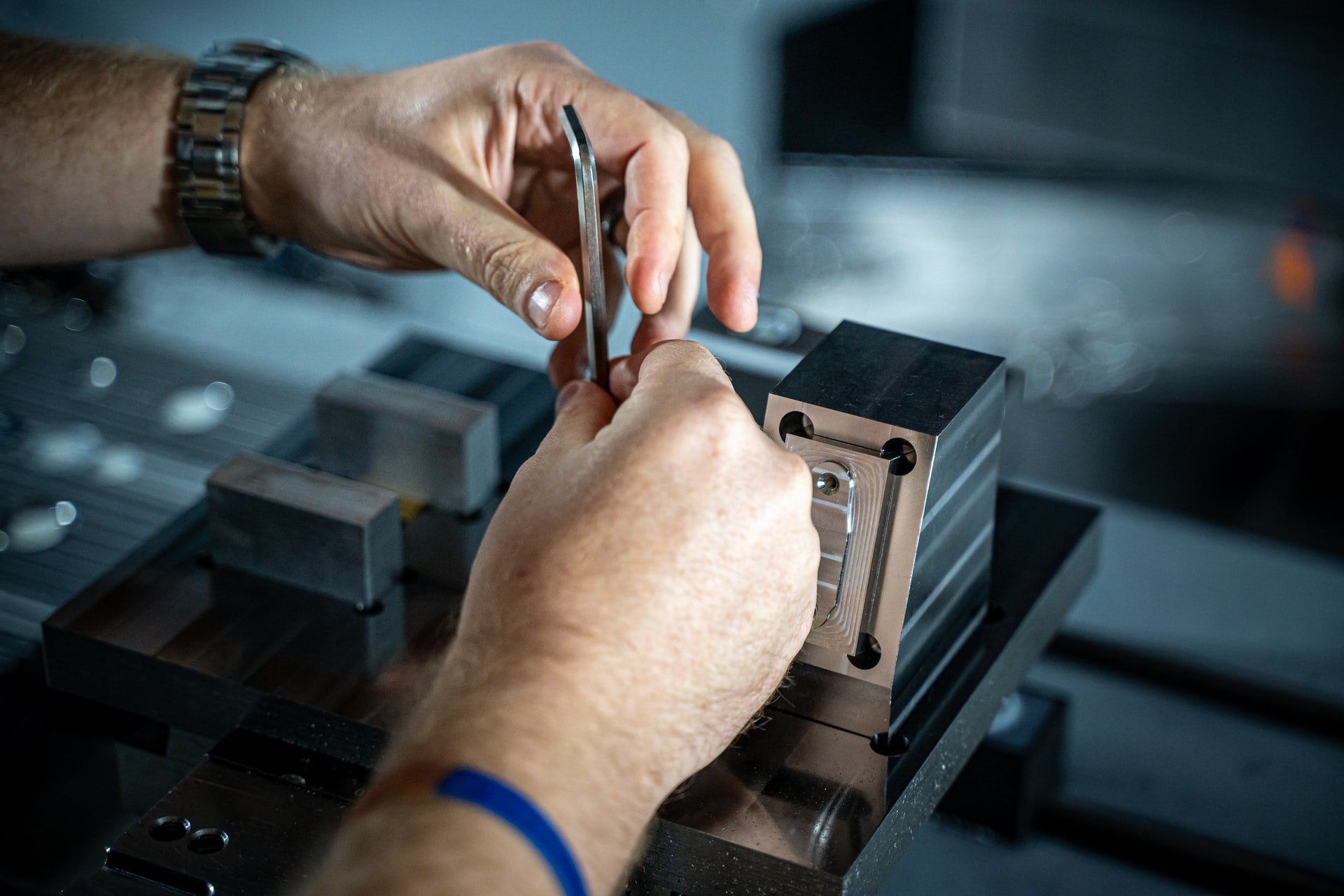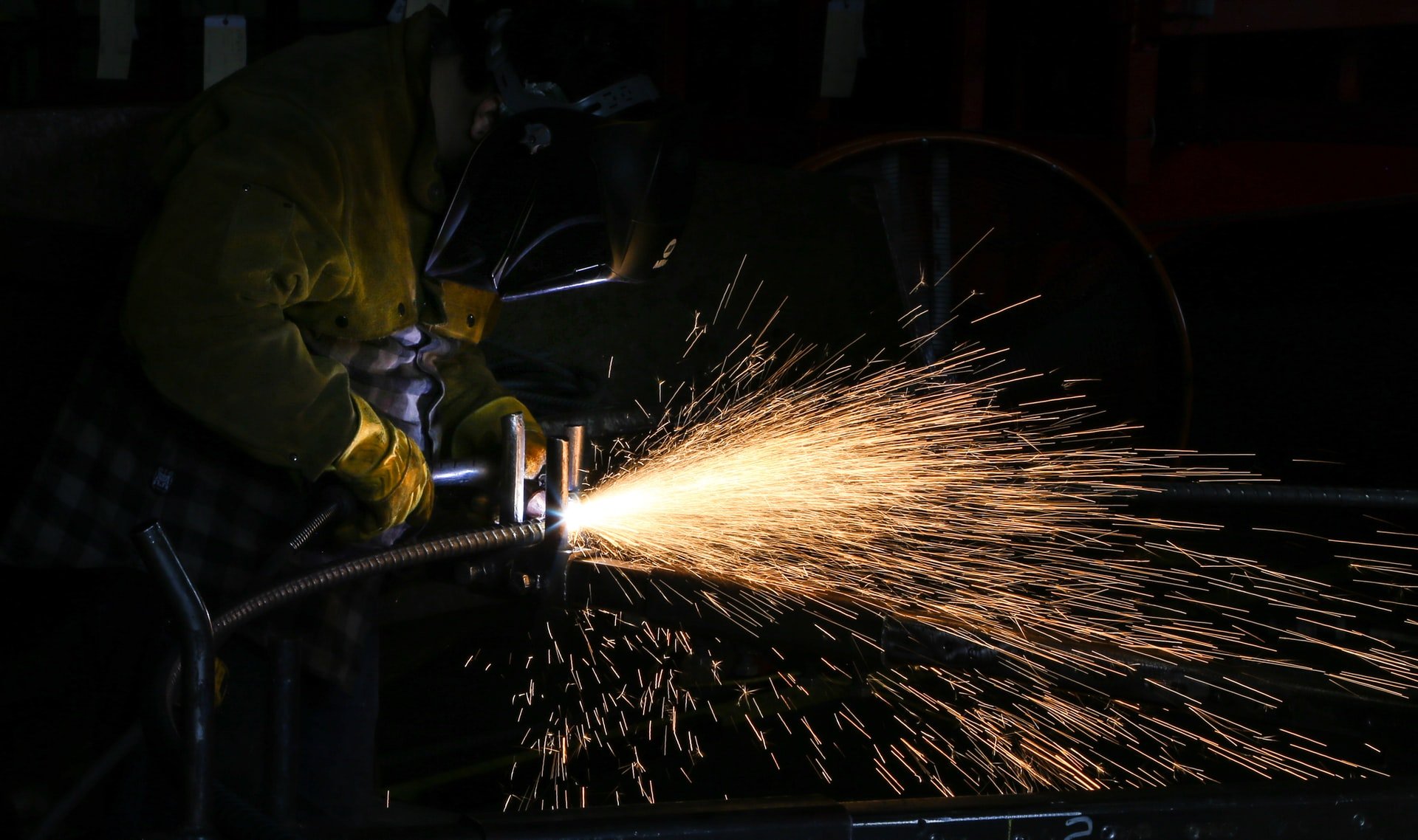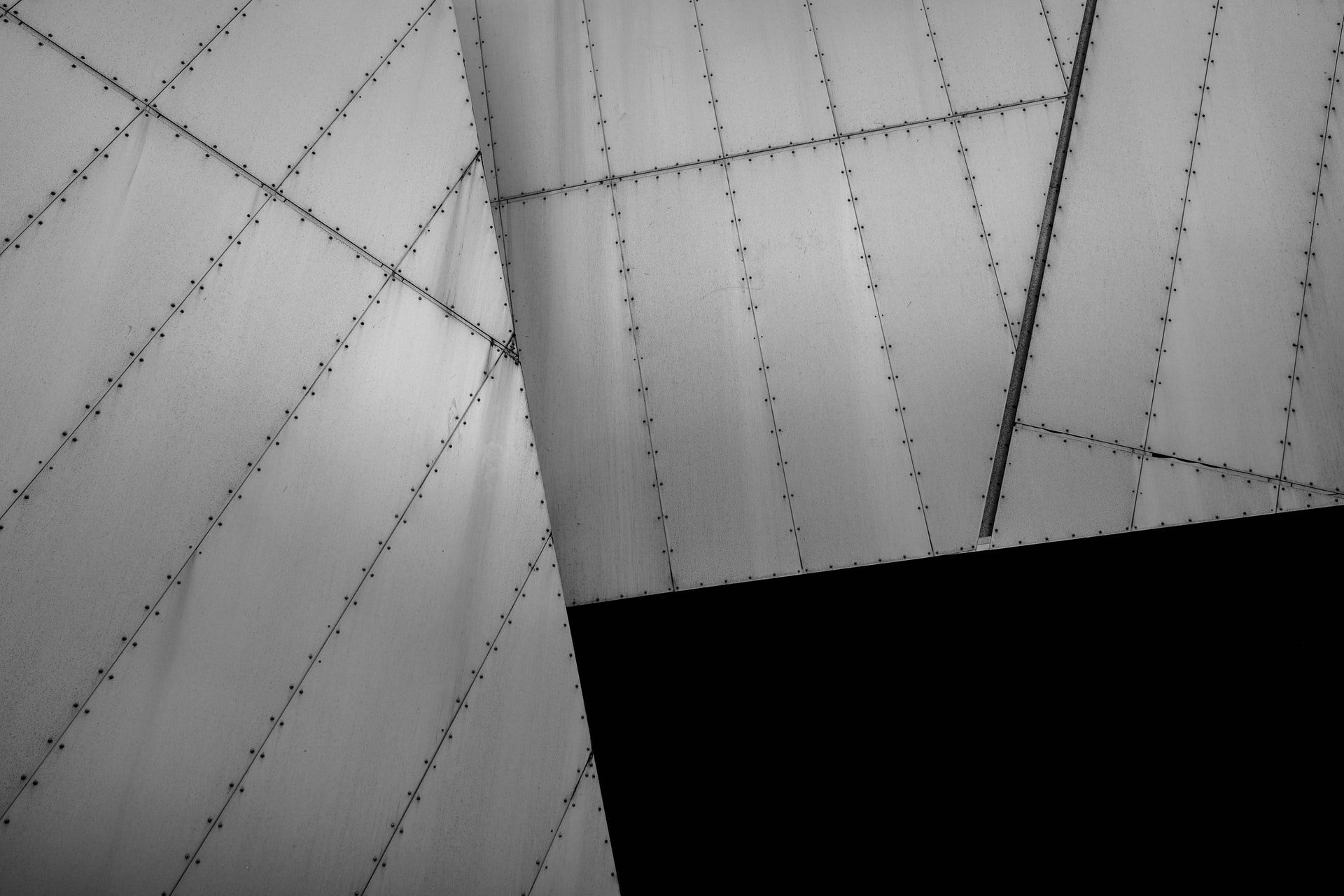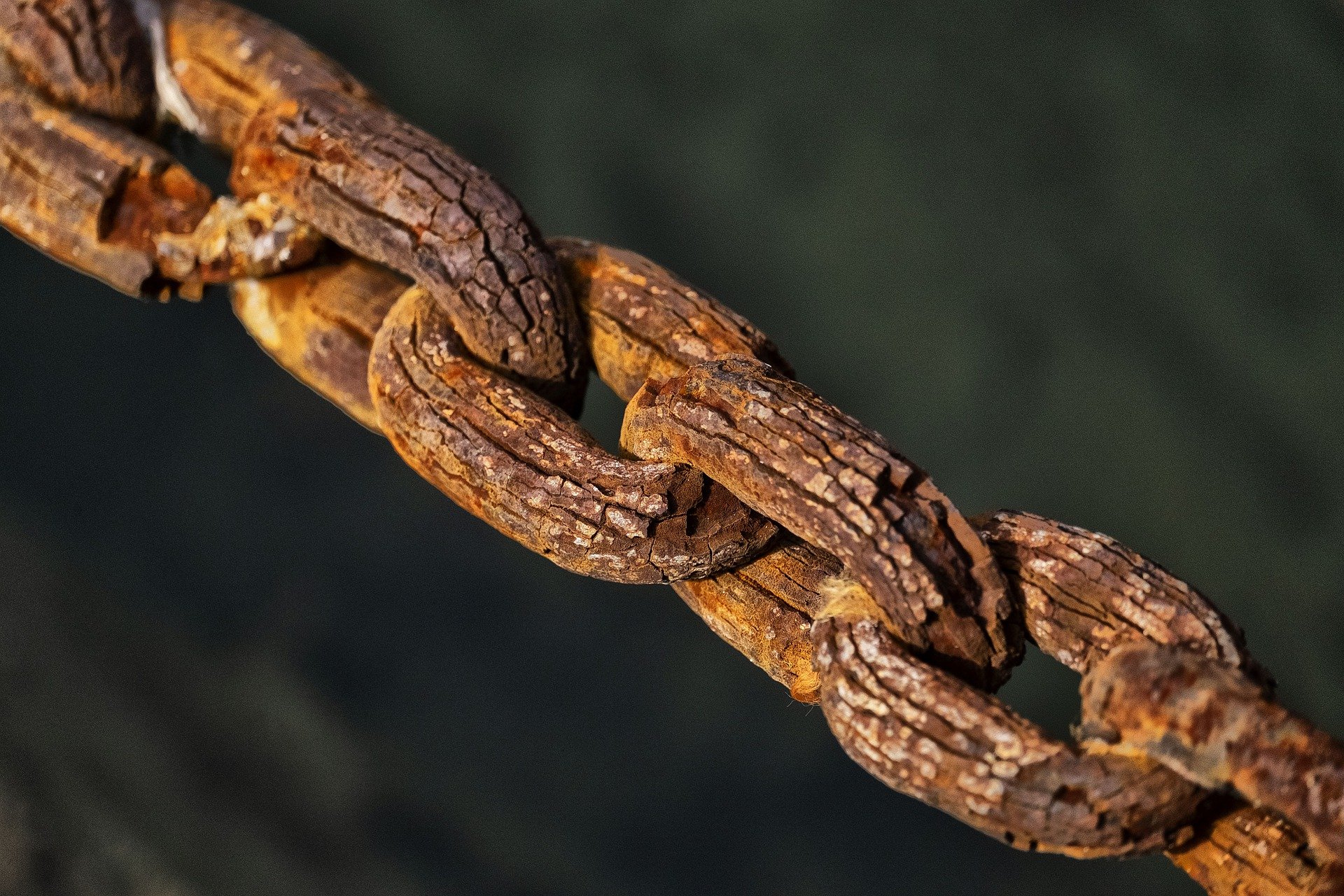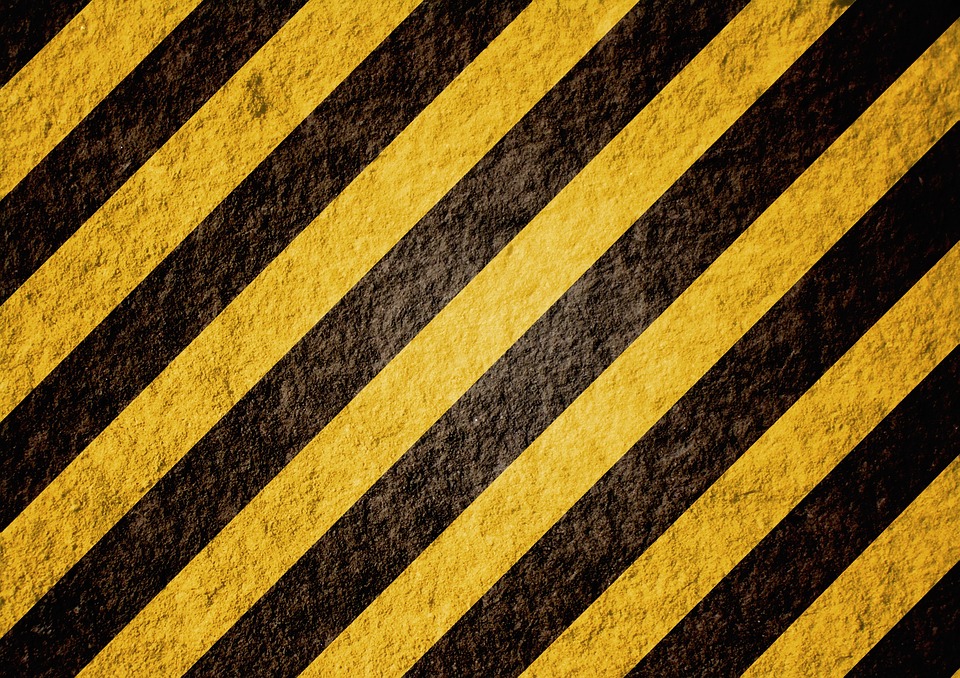
Soda blasting is an environmentally friendly way of cleaning away dust, paint, coatings, dirt, and surface contamination. In this method, no damage is made to the surface that is being cleaned. In the blasting method, the soda blasting machine uses compressed air and delivers sodium bicarbonate to the surface that needs to be cleaned. This blasting is widely used to clean hazardous areas and is one of the safest ways of cleaning used in the industry.
Hazardous Area Cleaning
Hazardous substances have to be cleaned carefully to avoid airborne particles being released into the environment that can negatively affect the environment or human health. There are a lot of safety measures that need to be applied when cleaning hazardous components, such as when stripping away lead based paint from industrial machinery. Personal safety equipment and protection of the area are equally important. One of the most widely used cleaning methods for a hazardous area is the soda blasting technique. We shall discuss soda blasting and the different elements associated with it in the paragraphs below.
Soda Blasting - How It Started?
The concept of soda blasting was developed during the late 80’s when a group of engineers were given a task to restore the Statue of Liberty in New York. The team was concerned about two important factors while carrying out their job. One was the impact on the environment and the other was safeguarding the copper plating on the statue. Both problems were addressed by the use of technology where sodium bi-carbonate (baking soda) was used as a blast media. The concept was a success and this got large attention from around the globe. This was the beginning of new blast media and soon become an instant hit.
Why Soda?
Before soda, sand was used as a blast media. Sandblasting is considered abrasive and has a negative impact on the surface. When used on a hazardous material this can have disastrous results. Particles from the surface, whether it is old paint or the metal itself, mix with the sand to form a toxic airborne dust.
Unlike sand the soda can be used in both forms wet or dry to remove paint, biological contaminants, corrosion, oil grease, and many other surface contaminants. Sodium bi-carbonate is 100% soluble in water and a non-hazardous substance. The use of soda eliminates the need for toxic chemicals to clean any hazardous area. The benefit of using soda as blasting media is that it can clean any level of surface easily. This blasting can still be used while the machines are running and operating.
The most notable benefit of soda blasting is that it eliminates rust with ease. There is no risk of flash rusting in this method. The reason for using baking soda or sodium bi-carbonate as blasting media has lots of positives and good impact. This is the reason why the method has gained huge popularity.
A Safer Alternative To Sand Blasting
Soda blasting is a great alternative to sand blasting for many sensitive components as well as when cleaning hazardous areas. At GLW Engineering we offer a full range of blasting and cleaning services that prepare any type of metal component for treatment – while fully complying with environmental and health and safety legislation. Please download the eBook: How to ensure Quality, Compliance & Lead Times for more information about quality control and compliance.




